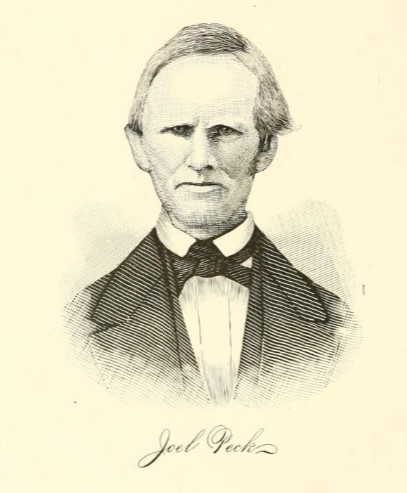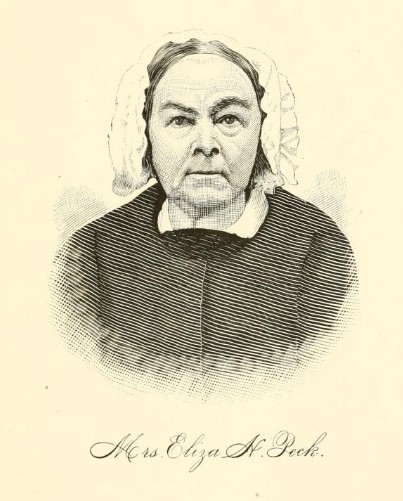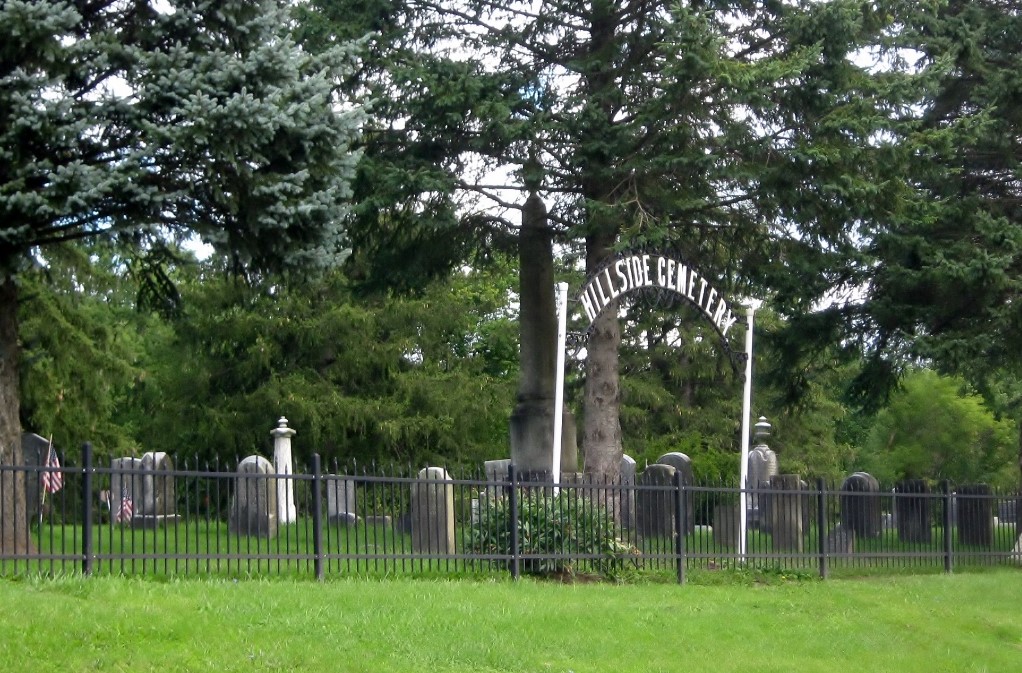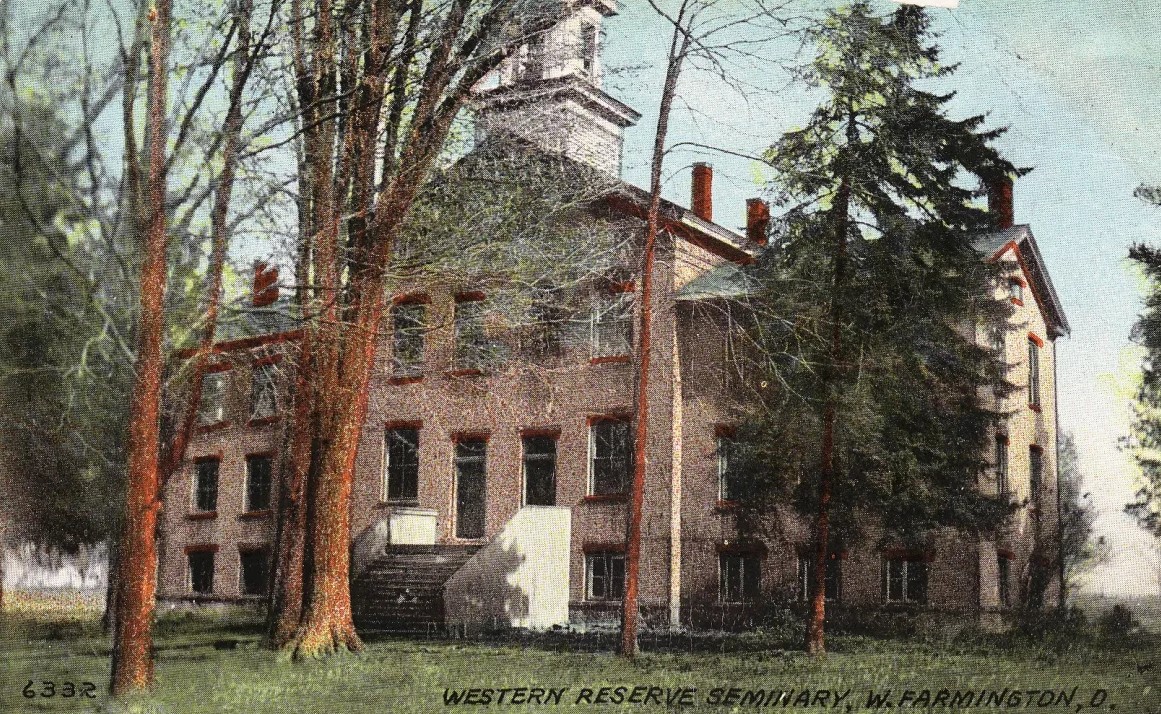Early Beginnings
Farmington Township, number six in range five, is surrounded by Mesopotamia, Bristol, Southington, and Geauga county. Its undulating terrain is predominantly clay. In the early 1800s, the land was allocated to various investors, mostly from Connecticut. Significant contributors included Joseph Borrell, William Edwards, and Samuel Henshaw, among others. Through various transactions, full ownership of the township eventually went to John Caldwell, Ephraim Kirby, Solomon Bond, John Eaton, and Lemuel Forbes.
The township, named Henshaw initially after one of its key landowners, Samuel Henshaw, saw its first settlers in 1806 with David Curtis and Captain Lewis Wolcott from Connecticut. Josiah Wolcott also played a notable role by purchasing a large tract of land from Samuel Bond, leading to the construction of a log cabin in the winter of 1806-07. Despite many hardships, including a fatiguing journey, Josiah Wolcott returned to Connecticut to move his family to the Farmington Township.
During Josiah Wolcott's family relocation to Farmington, his daughter Mary, also known as Polly, tragically fell into a stream, contracted a cold, and developed tuberculosis. She passed away in 1808 and was laid to rest in a plot of land that has since evolved into the Hillside Cemetery, where her headstone remains standing today.
"Parents and friends, a long adieu;
I leave this wilderness to you;
My body lies neth this stone -
The arrests of death you cannot shun."
The Makings of West Farmington
The early settlers' houses were all built of logs and rarely used a board or a nail used in their construction. Floors of puncheons, chimneys of sticks and mud, hearths of mortar, and lights of hickory bark were some of the usual necessary articles found in the pioneer's dwelling. Gowns were made from flax, spun, and woven by the wearers. When colors were desired, butternut and black walnut bark furnished them. The gentlemen wore garments of tow and linen in summer and buckskin or woolen in winter. Shoes and boots were worn very sparingly, as their cost was great. Despite these hardships, sociability and hospitality prevailed.
Farmington Township experienced a swift transformation from the humble log cabins of its early settlers to a well-established township. On a snowy day, Captain Benton and Josiah Wolcott cut the logs for the township’s first schoolhouse. Erastus Wolcott transported the logs using an ox team. Positioned near a pear tree and a spring on the northeast corner of center Farmington, the school-house was finished in 1816 and welcomed its first teacher, Almira Hannahs.
By the 1820s, the Wolcott family's portion of land became known as West Farmington, making it a distinct village within Farmington Township.
In 1828, residents of Farmington Township began raising funds to establish Farmington Academy, a college. James Greer was the first principal, and the academy flourished, attracting nearly three hundred students. By 1850, the academy's popularity necessitated the construction of a new building, renamed Farmington Normal School. 1854 the Methodist Church took charge, naming it Western Reserve Seminary. The seminary provided education for male and female students, preparing them for various careers. Unfortunately, in 1906, a devastating fire destroyed all three buildings on the campus. Although the seminary building is no longer present, the grounds have been transformed into a recreational park and a fire station, breathing new life into the area.
Although physical artifacts of the past may have been lost throughout the years, the vibrant history of our village lives on within its close-knit community. The memories, stories, and shared heritage continue to weave a tapestry of West Farmington's past, ensuring that its legacy endures.
Meet Some of the Earliest Pioneers

Joel Peck

Eliza Peck
A resilient and hardworking pioneer, Joel Peck settled in Farmington, Trumbull County, in 1821. He married Eliza Hyde in 1822, and they had three children: Delia, Allen F., and Fletcher W. Joel Peck was known for his industrious nature, standing at six feet two inches tall and tirelessly improving over three hundred acres of land. He was an active member of the Methodist church, serving as an exhorter and licensed local preacher. In politics, Peck aligned himself with the anti-slavery movement, supporting the Whig, Free-soil, and Republican parties. He passed away in 1869 at the age of sixty-eight. Easly esteemed for her sincerity and kindness, Eliza Peck remained an integral part of the community after her husband's death, managing the family farm with unwavering dedication.



